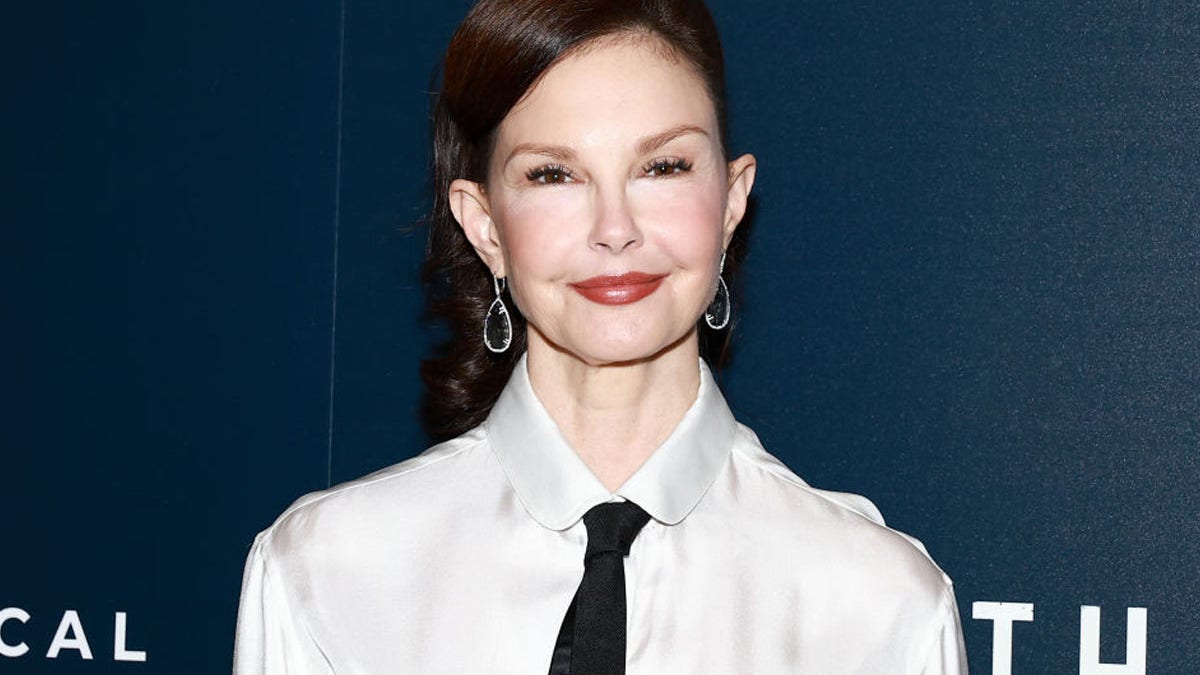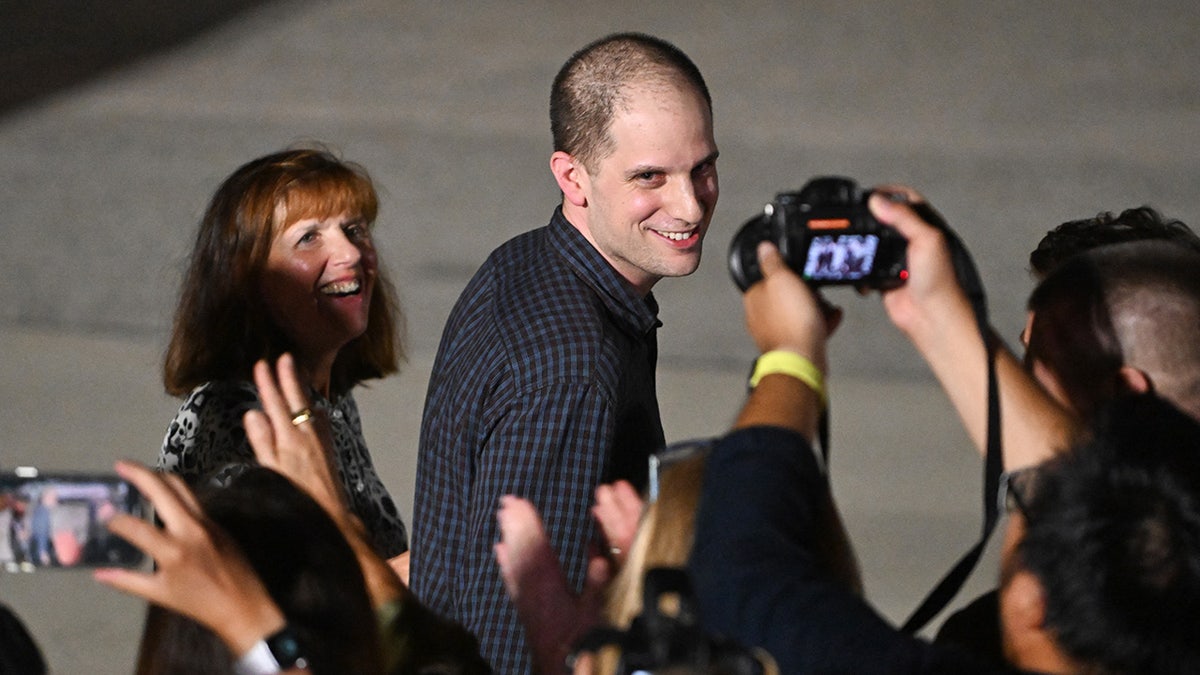Headaches are a universal experience, affecting nearly everyone at some point. While most are simply an annoyance, understanding the different types, their potential causes, and recognizing warning signs can empower you to manage them effectively and seek appropriate medical attention when necessary.
From tension headaches, the most common type often described as a tight band around the head, to migraines, a neurological condition that can cause debilitating pain, nausea, and visual disturbances, the spectrum of headache experiences is vast. Less common but equally important to recognize are cluster headaches, characterized by intense pain around one eye, often accompanied by eye redness and tearing. These can be so severe they are sometimes mistaken for more serious conditions.

Headaches can also arise from other factors. Overuse of over-the-counter pain relievers can ironically lead to rebound headaches, creating a vicious cycle of pain and medication. Sinus congestion, intense physical exertion, and even caffeine withdrawal can also trigger headaches.

Actress Ashley Judd's experience highlights the importance of accurate diagnosis. Her initially misdiagnosed "epic headaches" turned out to be status migrainosus, a severe migraine attack lasting over 72 hours. This underscores the need for thorough medical evaluation, especially when headaches are severe, sudden, or accompanied by other symptoms.

While most headaches can be managed with over-the-counter medications and lifestyle adjustments, it's crucial to know when to seek professional help. Warning signs include the worst headache of your life, sudden changes in headache severity, vision problems, fainting, fever with a stiff neck, headaches after head injury, or headaches following strenuous activity. These symptoms could indicate a more serious underlying condition requiring immediate medical attention.











